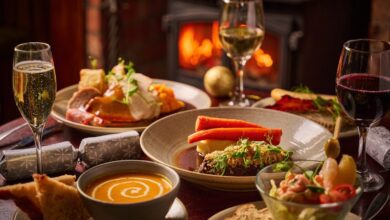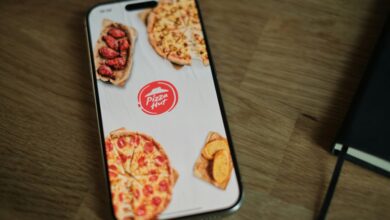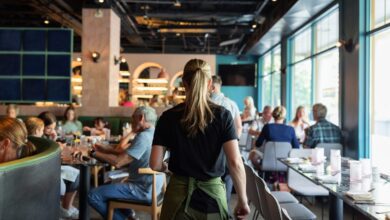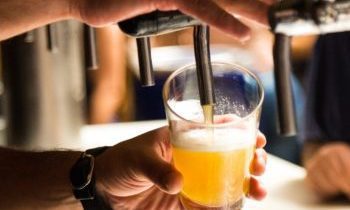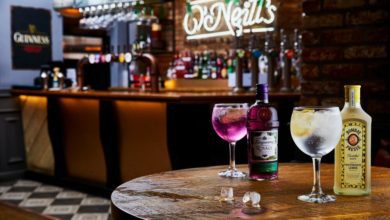
Register to get 1 free article
Reveal the article below by registering for our email newsletter.
Want unlimited access? View Plans
Already have an account? Sign in
Restaurateurs and bar owners will be well used to the concept of a customer loyalty programme. From the large chains with highly organised reward apps offering points and vouchers, to basic ‘loyalty stamp’ cards, there are many organisations in the field making use of customer loyalty to boost their footfall and encourage frequent orders.
Across the board, reward programmes are changing. What often started as a simple financial reward or incentive is now evolving into a multi-disciplinary output, with brands rewarding customers in new and varied ways — some of which aren’t even tied to the buying cycle.
For modern catering and hospitality businesses, it’s important to stay at the forefront of loyalty trends to stand the greatest chance of capturing more market share and remaining front of mind for hard-won customers.
Why loyalty is important
Loyalty programmes are a proven way of both attracting and retaining customers. Against the cost of living crisis, keeping and growing customers is especially of vital importance. The hospitality sector lost over 4,600 venues in the last 12 months as costs associated with everything from raw materials to gas and electricity soared. That, coupled with customers’ own pressures on their disposable income, makes for a tough backdrop to do business.
But even in the darkness, there is light. Antavo runs an annual Global Customer Loyalty Report, with our most recent insight showing that almost 9 in 10 (88.5%) of businesses said they trusted customer loyalty initiatives to help them overcome the inflation crisis and potential recession. From the same survey, 78.6% of respondents said they were likely to revamp their current programme to support their changing loyalty needs.
What’s particularly interesting is the proven value that loyalty programmes deliver. An analysis of more than 290m interactions from our clients showed that loyalty programmes generate 4.9 times more revenue than they cost. But what features and strategies allow restaurants to achieve the same level of success?
Gamification and ease of use
The paper and stamp loyalty cards of old are being replaced by smarter solutions. The prevalence of smartphones encouraged many hospitality businesses to develop apps, which often host a rewards element. This helps improve customer experience – making everything from ordering and paying to making reservations easier. It can also deliver valuable customer data.
The evolution of the hospitality app is now seeing some brands tap into gamification. Particularly appropriate for bars and restaurants aimed at younger audiences, adding games and interactive elements to an app can support loyalty. There are many ways this can be rewarded: the acquisition of points, a league table challenge, play to pay initiatives and so on.
Third party rewards
Third-party rewards are a really popular addition to many reward programmes. These are usually delivered through a partner, including freebies, discounts, vouchers and even enables charitable giving using external companies. An example might be allowing your customers to accumulate points in exchange for travel vouchers or free products, or a cash donation to a chosen charity.
When appropriately curated, these third party partner rewards deliver big returns: according to our Global Customer Loyalty Report 2023, the average annual spend of members who redeem partner offers is 3.4 times higher than those who don’t
Rewarding behaviour, not just spend
The question of how to change customer behaviour is ever-abounding and modern loyalty programmes can exert influence here. Rewarding customers for behaviours, not just spend, is a new approach and one that’s proving incredibly popular – particularly with younger audiences.
This can range from simple interventions such as coffee chains offering discounts for customers bringing reusable cups, to more complex offers. An example (albeit from outside the hospitality world) is RipCurl – the surf brand. This business offers points and vouchers to app users who track their time surfing; rewarding customers for fully embracing the ethos of their brand.
There are many ways that modern hospitality reward programmes can engage and motivate customers to remain loyal. What separates a successful loyalty programme from a mediocre one is its relevance and appropriateness to your customers. Modern programmes recognise the many different pressures that customers experience and seek to address their primary concerns, motivations and offer a solution that makes them happy – in whatever form that may be.


